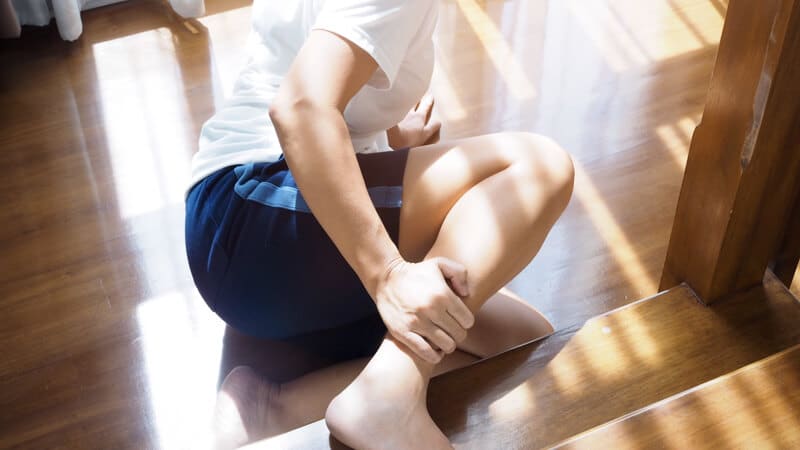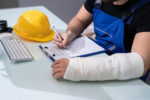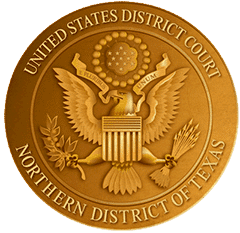Navigating the legal landscape after a slip and fall accident can be intimidating, especially if you’re unfamiliar with terms like “comparative negligence.” Texas residents often find themselves asking questions like, “Will I still get compensation if I was partially at fault?” This blog will demystify the concept of comparative negligence and explain how it applies to slip and fall cases in Texas. By the end, you’ll better understand your rights and the importance of seeking legal counsel to secure fair compensation.
What is Comparative Negligence?
Comparative negligence is a legal principle that determines each party’s level of fault in an accident. Unlike states that follow a “contributory negligence” rule—where being even 1% at fault can bar compensation—Texas adopts a more balanced approach known as “modified comparative negligence.”
Under this system, individuals can recover damages even if they share some responsibility for the accident. However, there’s an important caveat in Texas: the 51% rule. If a court determines you’re more than 50% at fault, you’re not eligible to receive any compensation. This distinction ensures a fairer outcome, aligning liability with an individual’s contribution to the accident.
Let’s see how this works in real-life situations involving slip and fall cases.
Application of Comparative Negligence in Texas
Texas follows specific rules when applying comparative negligence to personal injury cases, including slip and fall incidents. Under this framework, the court evaluates the behavior of both the property owner and the injured party. The injured party’s compensation is proportionately reduced by their percentage of fault.
For example, if you’re awarded $20,000 in damages after a slip and fall but found 25% at fault for not paying attention to posted warning signs, your final compensation will be reduced by 25%, leaving you with $15,000. On the other hand, if you’re deemed 51% or more at fault, you won’t receive any compensation at all.
This system holds property owners accountable for maintaining safe spaces while also encouraging individuals to act responsibly.
How Comparative Negligence Affects Slip and Fall Cases
Slip and fall accidents are among the most common premises liability cases in Texas. They often occur due to hazardous conditions like wet floors, uneven surfaces, poor lighting, and cluttered walkways. While some cases clearly point to property owner negligence, others involve shared responsibility.
Here’s how comparative negligence plays a role:
- Property Owner’s Duty: Texas law requires property owners to maintain a safe environment for visitors. If they fail to warn about known hazards (e.g., a freshly mopped floor without a caution sign), they may be held liable.
- Visitor’s Responsibility: At the same time, visitors are expected to exercise reasonable caution. Ignoring visible hazards or engaging in reckless behavior, such as running through dimly lit areas, may lead to shared fault.
Understanding how these responsibilities are weighed can make or break your case.
Examples of Comparative Negligence in Slip and Fall Cases
To better illustrate comparative negligence, here are two hypothetical examples:
Example 1
You visit a grocery store and slip on a wet aisle with no warning signs. However, further investigation reveals you were distracted by texting at the time and failed to notice the visibly puddled area. The court decides you’re 30% at fault, reducing your damages proportionally.
Example 2
You trip on a cracked sidewalk outside a coffee shop. Surveillance footage shows the crack had been there for months and was a known hazard. However, you’re found to have been jogging in an unsafe manner, contributing 55% to the accident. According to Texas’s 51% rule, you’re unable to recover compensation.
These scenarios highlight why establishing fault is not always black and white.
Legal Recourse and Rights of Injured Parties
If you’ve been involved in a slip and fall accident in Texas, understanding your legal options is crucial. Despite comparative negligence adding complexity, you still have the right to seek compensation for:
- Medical bills
- Lost wages
- Pain and suffering
- Rehabilitation costs
To strengthen your case, gather evidence immediately after the accident. This includes taking photos of the scene, recording witness statements, and obtaining medical evaluations. All of these elements could be pivotal in proving your claim and minimizing any fault attributed to you.
Why Seeking Legal Counsel is Essential
Slip and fall cases are rarely straightforward. Determining fault is a complex process that requires legal expertise and a nuanced understanding of Texas’s modified comparative negligence rule. An experienced personal injury attorney can:
- Assess the details of your case
- Collect and organize evidence
- Advocate on your behalf with insurance companies and courts
With slip and fall cases, even a small percentage of fault could significantly reduce your compensation. A knowledgeable attorney will ensure fault is fairly allocated and that you receive the damages you deserve.
Moving Forward With Confidence
Slip and fall accidents cause more than physical harm—they often bring confusion about your legal standing and financial future. Texas’s comparative negligence laws are designed to balance responsibility, holding property owners accountable while allowing injured parties to recover damages—even if they share some blame.
However, navigating these cases can quickly become overwhelming without legal support. If you’ve been involved in a slip and fall accident, don’t face the aftermath alone. Reach out to a qualified attorney who can guide you toward the compensation you need to recover and move forward.





























